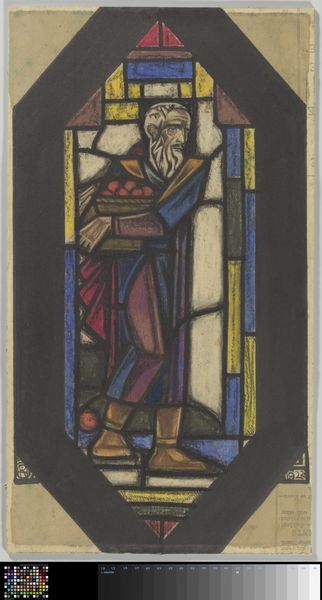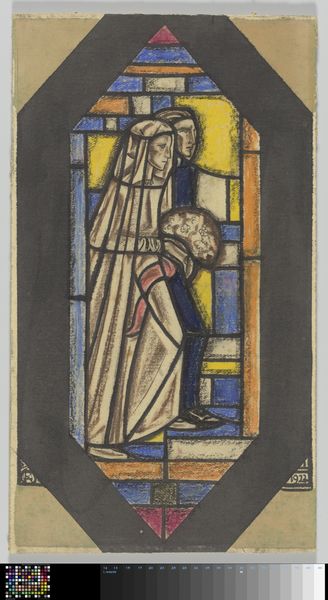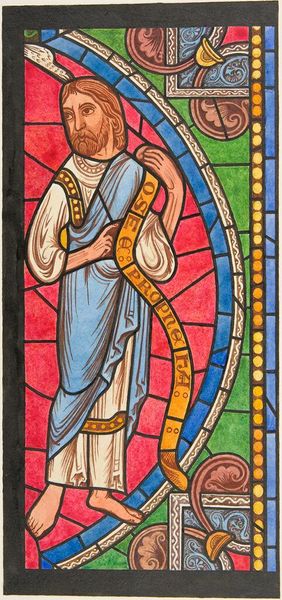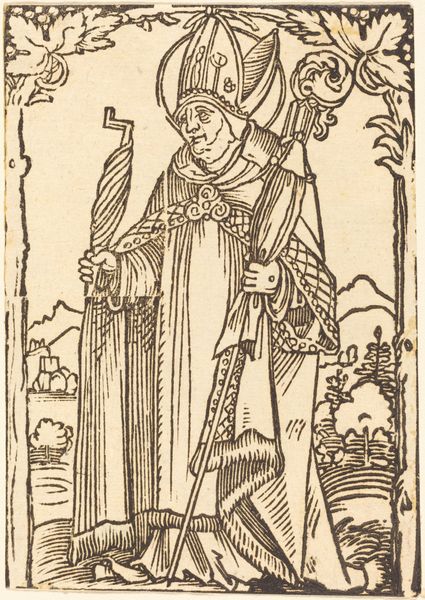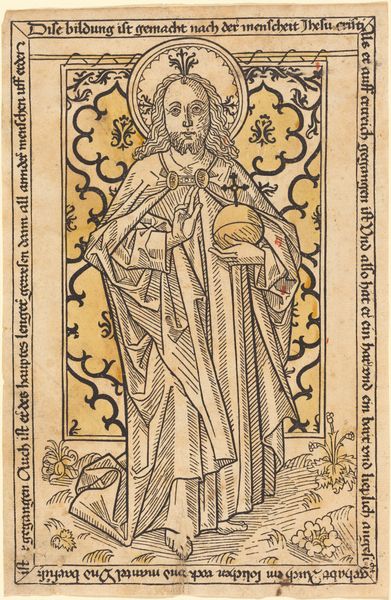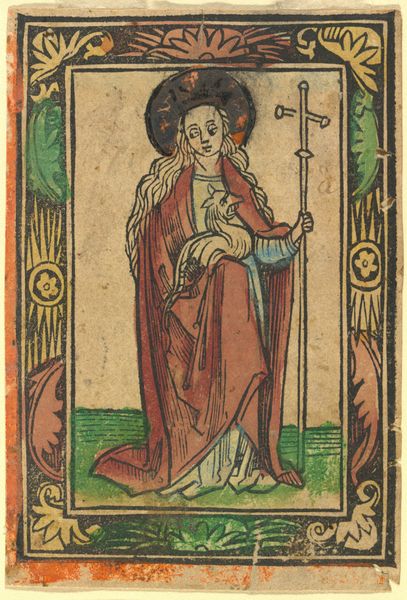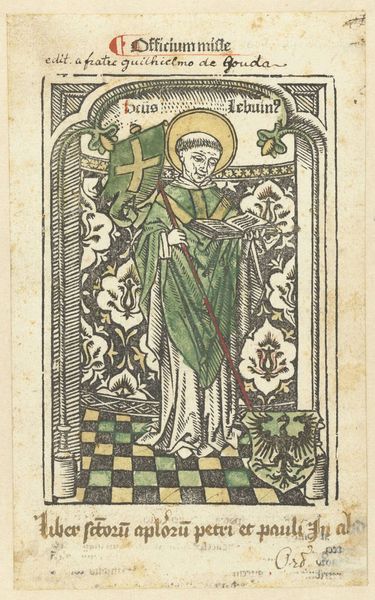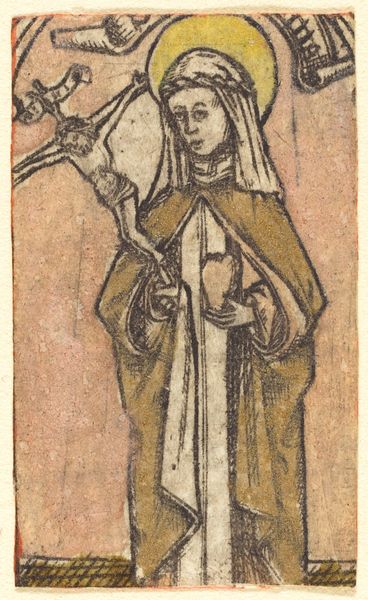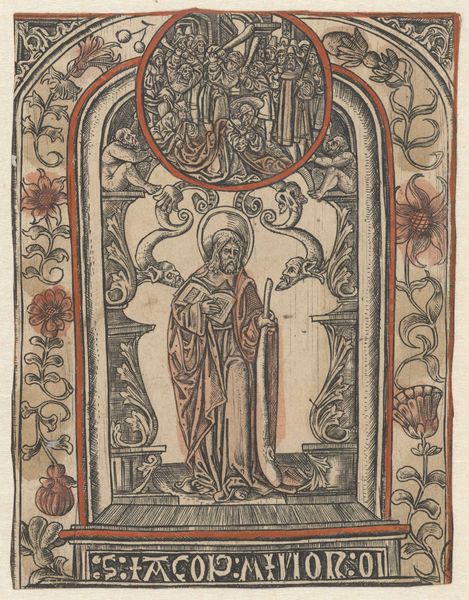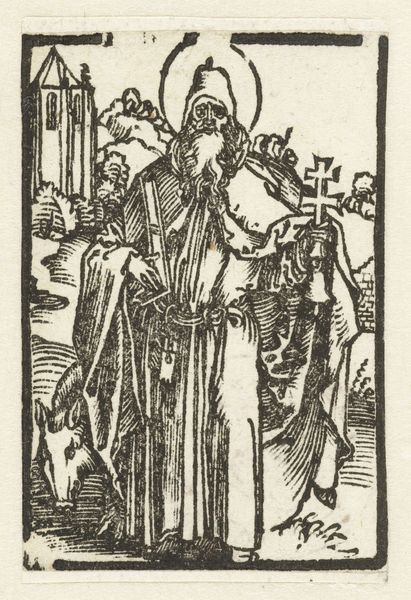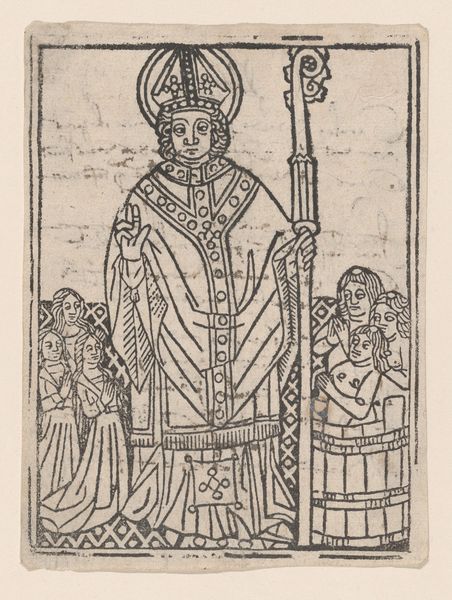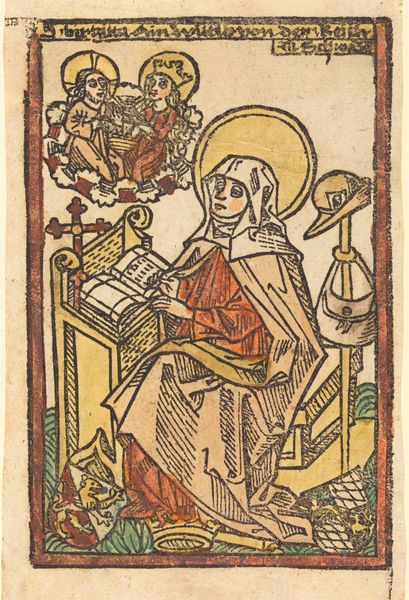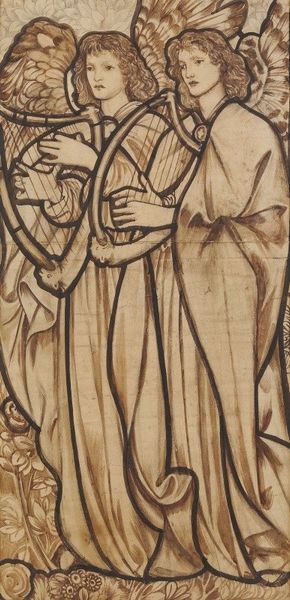
Dimensions: support: 772 x 187 mm
Copyright: CC-BY-NC-ND 4.0 DEED, Photo: Tate
Editor: This stained-glass design, "The Archangel Raphael" by William Morris, feels so modern despite being a historical piece. What does it say about the materials and production of art during that period? Curator: The emphasis on craft reveals the era's changing relationship with industrial production. Morris championed traditional techniques, elevating them against mass-produced items. Notice the lead lines—they're not just functional; they become part of the design. What does this tell you about consumption at the time? Editor: I suppose it was a statement about valuing handmade goods versus the growing availability of factory-made products. It's interesting how a religious subject becomes a vehicle for these material concerns. Curator: Precisely! And it shows how art can be both devotional and deeply engaged with the social and economic realities of its time.
Comments
tate 9 months ago
⋮
http://www.tate.org.uk/art/artworks/morris-the-archangel-raphael-a00819
Join the conversation
Join millions of artists and users on Artera today and experience the ultimate creative platform.
tate 9 months ago
⋮
In 1855 Morris and Burne-Jones toured northern France. Morris was enthralled by the architecture and stained-glass windows of the medieval cathedrals and returned to England determined to be an architect. He spent most of 1856 in the London office of George Edmund Street, a Gothic Revival architect, but quickly abandoned this career. Stained-glass, perhaps the medium most evocative of the medieval period, was one of the mainstays of Morris, Marshall, Faulkner & Co. The designs shown here are the same as those Morris provided for St Michael and All Angels church, Brighton. Burne-Jones and Madox Brown also contributed to this decorative scheme. Gallery label, August 2004

